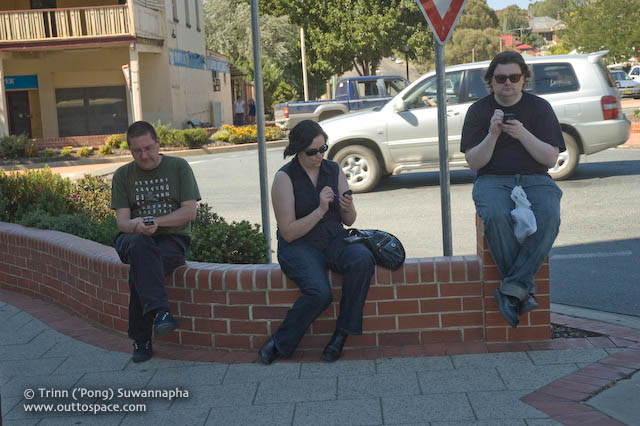Growing up on a farm, as I did, provides a freedom that never leaves you. My parents lived on and immersed directly in their work: the farm. It surrounded them, day in day out. I am sure I absorbed this environment in a way where I expect little to no separation between work and my personal life. From this stems workaholism and dedication. A deep protestant work ethic.
There are significant downsides to total work immersion. Especially in this new world of always-on social media. You tweet a response to a work related question at 11.32pm, and follow up with a tirade against an airline cancelling your flight. The seamless melding of what is work and what is your life is one of the beauties of social media. We are all connected.
Yesterday, one of the downsides firmly bit me on the bum. One of my personal opinions; a flippant tweet has caused an ongoing kerfuffle at Microsoft. This is not the first time I have come unstuck on the social media frontier; and sadly I am not alone. Nor am I the last to be bitten. There are many bums with bite marks.
Until now, I have resisted the urge to have separate twitter identities. To me, creating and using different identities is the antithesis of social media. To be frank, I wish that I could be one identity on twitter.; but there are forces in the wider world does not accept the separation of personal identity and an employer’s identity. As I found in recent events, there is always the risk that someone will take an utterance out of context, and use this as a cudgel in pitiful internal office politics. Or, as others have found, fodder for gossip.
The cleaving of identities is a topic upon which I have struggled throughout my Microsoft career. Being true to myself, whilst attempting to comply with the weight of an employer’s expectations.
As stated yesterday, I have created a new twitter identity @RealNickHodge which is a private, for people only account. Each follower is vetted. I am being careful not to let in bots and sensationalist journalists. I am also wary of "brand name" twitter identities. I follow real people; people who are smart enough to realise my opinions are mine, and mine alone.
My old twitter account is now clearly identified @NickHodgeMSFT, with a profile stating my position and employer. As at the time of posting this blog entry, it has 4803 followers. I do not imagine the follower count will increase dramatically. Thankfully, formal Microsoft accounts such as @MSAU are doing an outstanding job of presenting a formal social face of the organisation.
Within 24 hours of creating the new account, I have about 200 real followers, less noise and I trust more freedom to be real. Or at least the freedom from guilt in speaking as me, being who I am.


